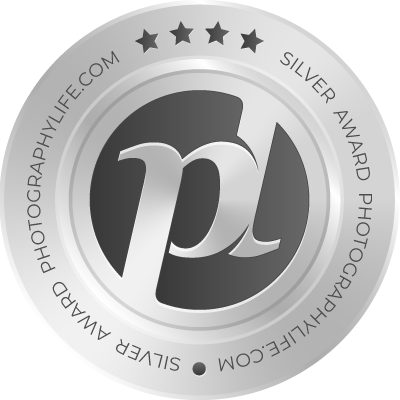Summary
Overall, I had a very positive experience with the Nikon D5100. The camera is capable of delivering excellent results both for digital stills and video. As can be seen from image comparisons against other older Nikon DSLRs, the sensor on the Nikon D5100 and D7000 DSLRs is truly remarkable. When compared to the older Nikon D90, the D5100 has better colors, image quality, dynamic range, and high ISO performance – that’s with an increase of 4 megapixels. On the negative side, it has no built-in focus motor, has a much smaller pentamirror viewfinder, a shorter battery life and a longer shutter lag. With Nikon introducing more and more inexpensive lenses like the Nikon 50mm f/1.8G, the lack of focus motor can no longer be considered a serious disadvantage.
Once Nikon replaces more of the older Nikkor prime classics (hopefully within the next few years), most photographers are not even going to mention the lack of built-in focus motors on entry-level DSLRs. The 0.51x pentamirror viewfinder on the D5100 is rather small though, which is a major disadvantage. I used both the Nikon D5100 and the Nikon D3s during my long trip across the Western US and I shot both cameras side by side. I know that it is unfair to compare the D3s with the D5100, but looking through the D5100 viewfinder almost felt like looking through a keyhole in comparison. Even the Canon T3i has a larger viewfinder than the D5100, not even mentioning D90’s much larger 0.63x pentaprism viewfinder.
Other than the viewfinder size, the only other annoyance I can think of is the lack of full manual exposure control when shooting video. I do not understand why Nikon decided to cripple the camera by not giving easy access to manual exposure control. It is a matter of camera firmware, not hardware, and it should not be hard to implement, so I hope Nikon will soon provide a fix via a firmware upgrade. Otherwise, they are just giving their sales away to Canon T2i and T3i, both of which can manually control the exposure in video modes. Just when we thought Nikon finally caught up with Canon in movie recording! I personally do not care much about video on DSLR cameras. In fact, as you have seen earlier in this review, the video quality was more than sufficient for my basic needs. However, many photographers today are very interested in shooting video as well and they certainly do pay attention to lack of easy access to exposure control. Gladly, there is a workaround for this, but it is rather painful, as shown on the first page of the review.
At the moment, despite the above-mentioned shortcomings, the D5100 is the best entry-level Nikon DSLR on the market. I would not hesitate to buy it even if you are able to find a D90 at the same price point. Is the D5100 worth upgrading to? If you have a very old entry-level or semi-pro DSLR like Nikon D40/D60/D70/D80, then it certainly is. However, if you have a more recent camera like the Nikon D5000 or D90, I would skip at least another generation DSLR before considering upgrading and invest in good lenses instead.
Nikon D5100
- Features
- Build Quality
- Focus Speed and Accuracy
- Handling
- Value
- Image Quality
- High ISO Performance
- Size and Weight
- Metering and Exposure
- Movie Recording Features
- Dynamic Range
Photography Life Overall Rating

Table of Contents